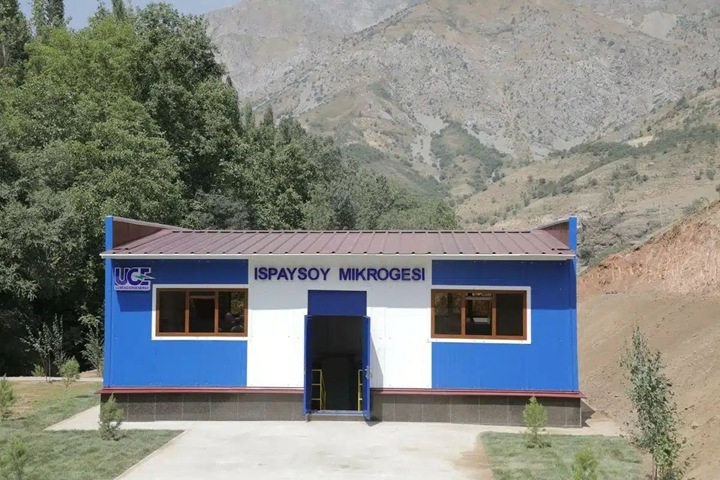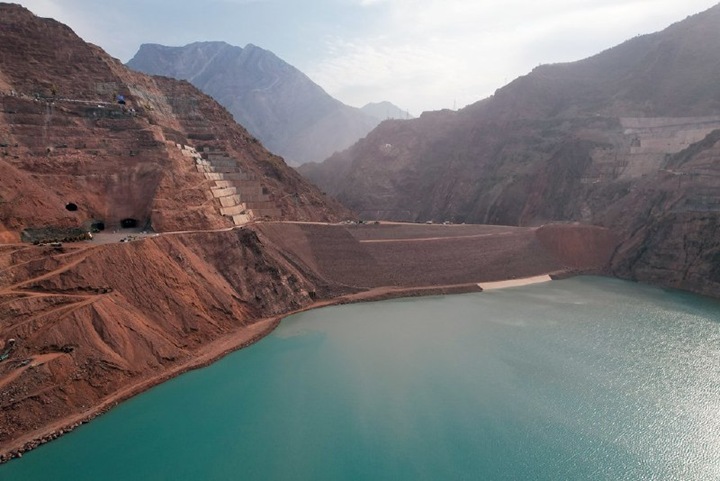There are plans to build 763 small HPPs in Andijan region
During a recent visit to the Andijan region, President of Uzbekistan Shavkat Mirziyoyev met with representatives of foreign companies that are considering investing in regional projects. At this meeting, plans were announced for a significant expansion of hydropower capacity in Andijan. It is noted that this year it is planned to launch 763 small and micro-hydroelectric power plants, the total capacity of which will be 24 megawatts.

In addition to this, it is planned to introduce another 20 megawatts of capacity next year due to similar hydropower plants.
Such a large-scale project, involving the construction of hundreds of individual hydraulic structures, raises serious concerns about its impact on the environment. Even small hydroelectric power plants can radically change the hydrological regime of rivers, create barriers to fish migration, disrupt the natural movement of sediments and lead to the degradation of unique river and coastal ecosystems.
Of particular concern is the cumulative effect of such a massive intervention in the waterways of the region. The question arises whether a proper environmental assessment has been carried out for each of the hundreds of planned HPPs and whether the total damage that may be caused to the nature of the Andijan region as a result of the implementation of this ambitious plan is taken into account.
At the meeting, one of the Chinese companies expressed its readiness to organize the production of the necessary equipment for small hydropower plants directly in the Andijan region. The investor also offered to organize free maintenance of the constructed HPPs during the first year of operation, which emphasizes the economic benefits of the initiative.
Despite the declared goals for the development of “green” energy and attracting investments, the implementation of projects of this scale requires the highest degree of environmental responsibility, environmentalists warn. “During the construction of such a huge number of HPPs, strict environmental control of each project and a preliminary assessment of their cumulative effect are necessary in order to effectively minimize the inevitable negative consequences for the environment,” said Alexander Kolotov, regional director of the Rivers Without Borders public Environmental coalition.
It should be recalled that according to the recent decree of the President of Uzbekistan on measures to develop a network of microhydroelectric power plants (MICROHPPS), almost three thousand small HPPs with a total capacity of 164 MW are planned to be built in the country in the next two years.


